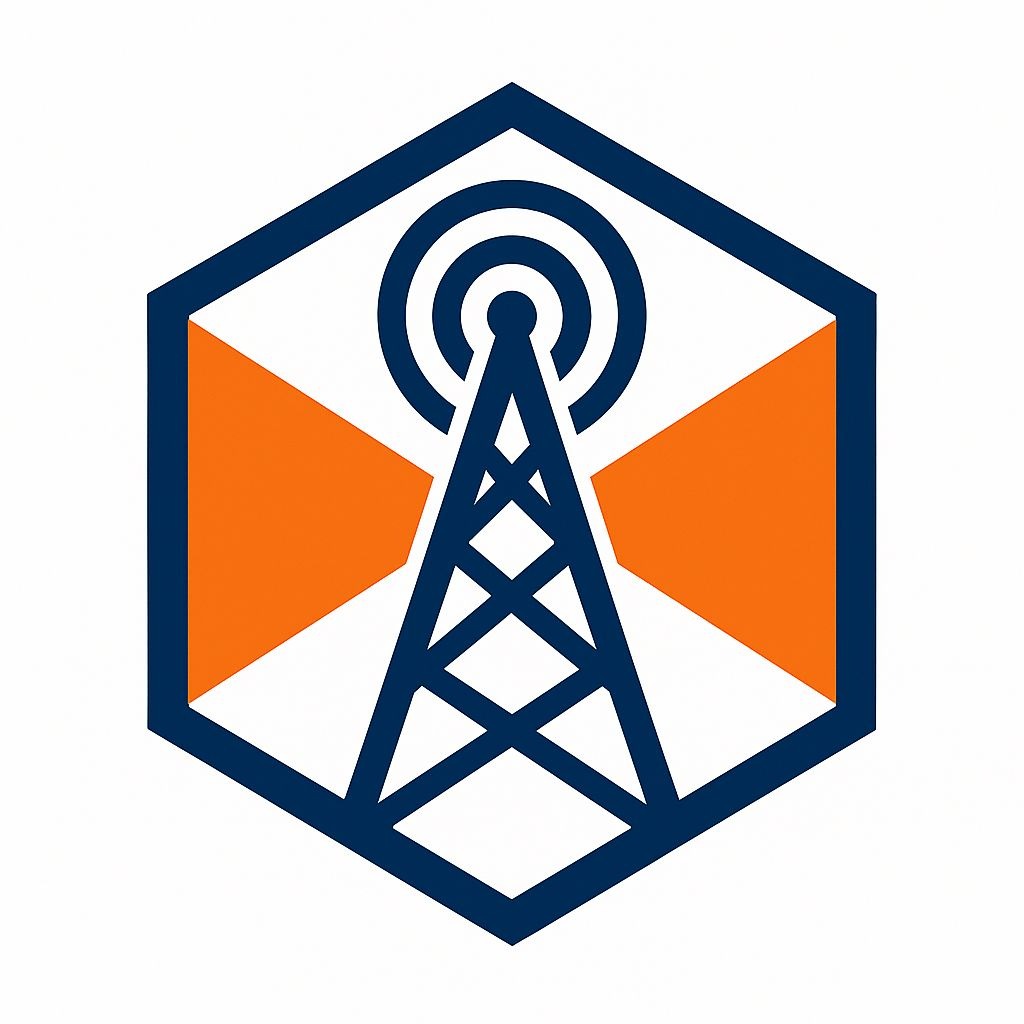
Senate Stalemate Sets Stage for Historic Government Shutdown
In a dramatic turn of events, Senate Democrats, including Colorado Senators John Hickenlooper and Michael Bennet, voted down a Republican funding bill that would have kept the government running temporarily. The 55-45 vote fell short of the 60 votes needed to overcome a filibuster, thus placing the federal government on the brink of a shutdown for the first time in nearly seven years. The vote came late on September 30, evoking strong reactions from both parties as the clock ticked towards a midnight deadline for funding.
Why Healthcare Sparks the Shutdown Showdown
At the heart of the standoff is a fierce debate over healthcare policies. Hickenlooper emphasized that Democrats are standing firm on healthcare issues, seeking to extend premium tax credits that benefit millions under the Affordable Care Act (ACA). Democratic leaders have contended that the GOP's refusal to negotiate on essential provisions forced their hand, culminating in this impasse. Senate Majority Leader Chuck Schumer accused Republicans of attempting to “bully” Democrats and accept a funding bill without any safeguards for health services.
The Partisan Divide: Democrats vs. Republicans
As the shutdown loomed, both parties traded blame for the impending crisis. Republicans, holding a slight majority, needed to secure votes from across the aisle but faced a wall of opposition from Democrats who were unwilling to abandon their healthcare demands. Some Republican leaders, like Senate Majority Leader John Thune, expressed hope that reasonable Democrats would reconsider, but the evident frustration in Congress indicated that compromise seemed unlikely. Meanwhile, Trump warned of severe consequences for Democrats should the government shut down, stating that several public programs could be jeopardized during the furlough.
Lessons from Past Shut Downs
This impending shutdown serves as a stark reminder reminiscent of the 2018-2019 shutdown, which lasted 35 days and caused significant disruptions. Many federal workers are left in limbo as the uncertainty of their employment status looms. Historical data show that public sentiment regarding government shutdowns is often unfavorable to the party seen as instigating them.
What Lies Ahead: Predictions and Consequences
As Congress remains gridlocked, risks mount for both parties. Recent polls indicate a majority of voters, regardless of party affiliation, prefer to avoid shutdowns even amidst unresolved disputes. The consequences of not reaching an agreement extend beyond inconvenience; it could severely impact government services and thousands of federal employees. The fundamental question remains: as pressure mounts, which party is likely to yield first?
The outcome of this showdown may redefine not only policy priorities but also the political landscape leading into the next election cycle. Observers keenly await the developments as both parties brace for the potential fallout from a government closure.
 Add Row
Add Row  Add
Add 




Write A Comment